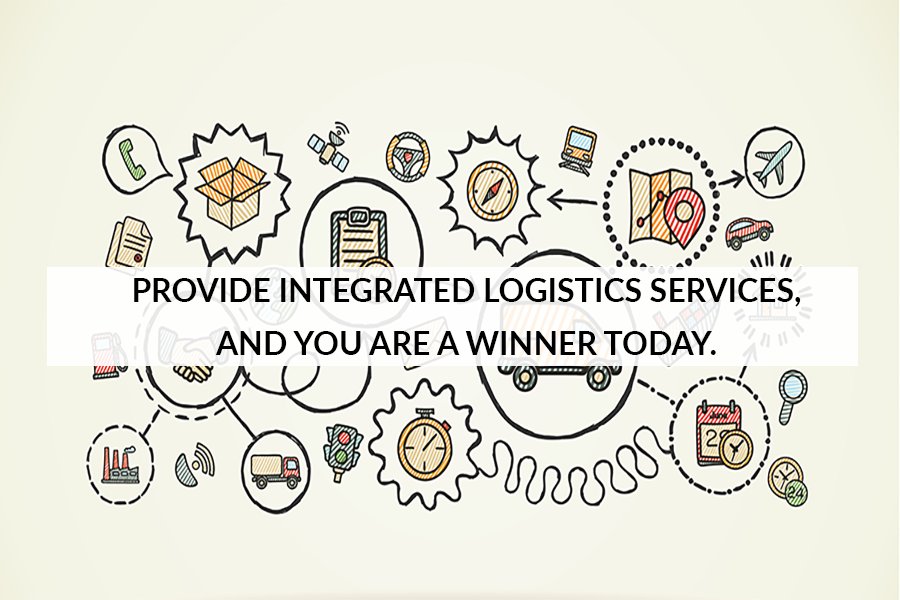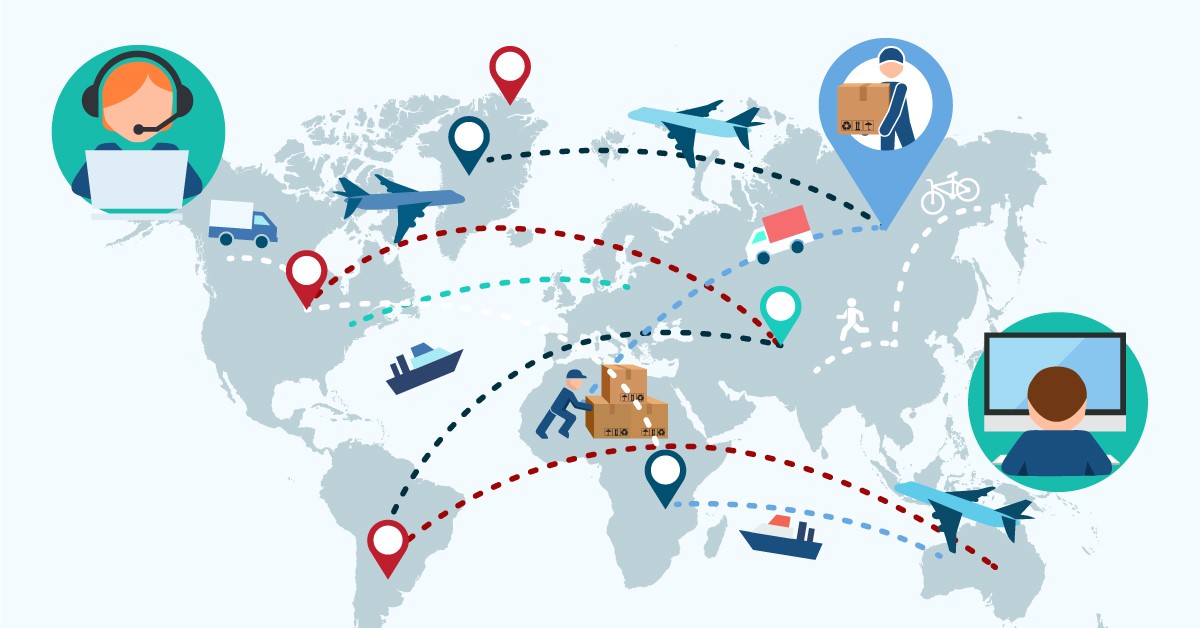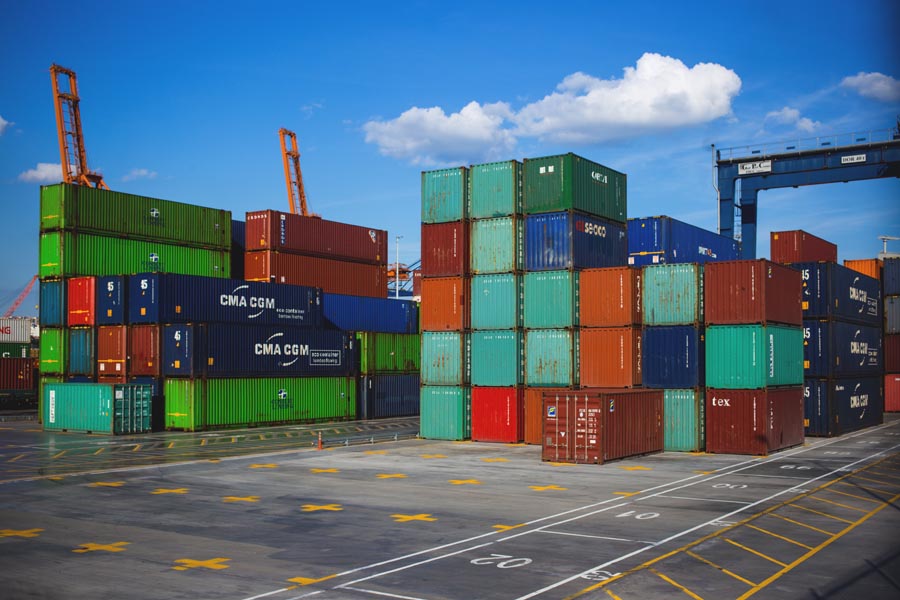
Provide Integrated Logistics Services, and you are a winner today.

Every business would want to diversify and enlarge its customer base rather than being confined to their local territory. The only possible way that facilitates such business aspiration is International Shipping Services hence can be considered as one of the most integral parts of any business that wants to sell internationally.
There has been a huge transformation over these years and with the advent of automated and streamlined marketplaces, the demand for better technologically-enabled logistics has been on the rise. Customer service-oriented operations along with quicker, time-controlled, and cost-effectiveness are what is aimed for. Hence there has been a shift from operations to that of satisfying customers and is the primary goal for any business today.
Let us dive into finding out some of the major areas that have contributed to this shift and how it has forced the logistics sector to look into offering Integrated Logistics Services.
Technologically advanced Processes:
Data is the key and is becoming a game-changer for many businesses who use it tactfully to understand customers and their requirements. Operations are more and more data-driven today that will help logistics firms in offering the best-integrated logistics processes.
Making information Accessible:
Technology has not only made it easy for logistics firms to streamline their operations but it has given addon benefits that can be extended to its customers. One such addon is the ability of logistics firms to make vital information accessible to their customers. This not only brings transparency to the logistics process but also increases efficiency. Various information like detailed flight schedules, competitive rates for shipments from more than one freight forwarder, and detailed visibility of the entire supply chain process are some of the takeaways here.
Detailed Forecasting:
Data analytics is all about collecting data and trying to efficiently map it to bring out better forecasting abilities. With the help of technology now logistics firms to draw valuable insights from their shipment routes and destinations, their average delivery times including costs of shipments. Hence this enables customers to have a view of the accurate charges that are incurred which limits the possibility of acquiring any hidden costs. This creates happy and satisfied customers in the long run.
More Customer Focus:
The advent of modernization and technology advancements has driven the logistics sector to a more customer-focused framework. As more and more use of technology has facilitated intelligent insights, today logistics are better enabled to anticipate their customer requirements. Hence it is imperative to say that the logistics sector has started providing more interactive and customized solutions thereby ensuring smooth operational flow and customer support.
Final Thoughts:
Providing better services and formulating methods to improve the same has been the key to becoming successful in today’s business. Being customer-centric with various technological capabilities has helped the logistics sector in providing an all in one integrated logistics service to customers. This has made logistic companies successful in ensuring delightful customer experience.



